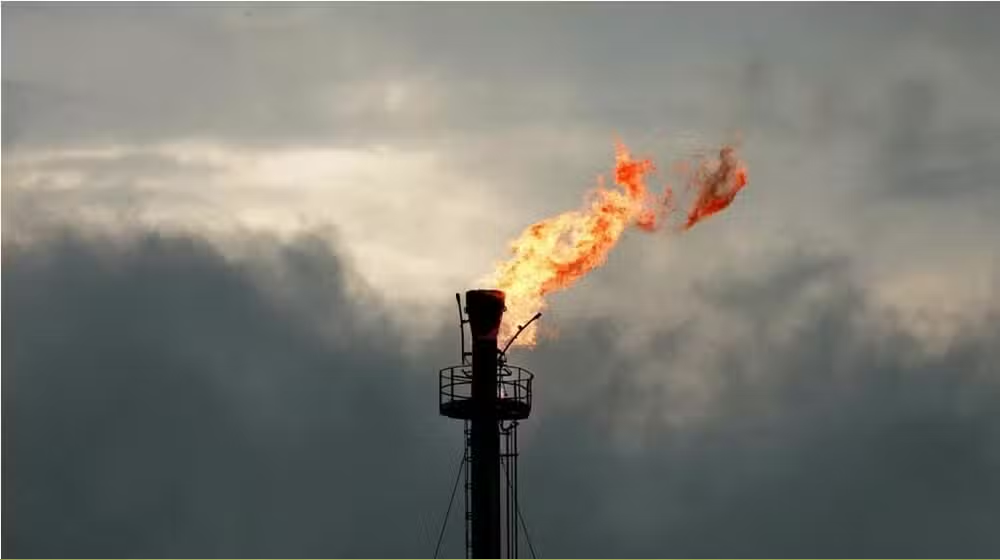Pakistan is unlikely to meet its coalition government’s ambitious three-year $60 billion export target due to a recent doubling of gas prices for local industries, the Pakistan Business Council (PBC) warned in a post on X on Tuesday. The increase in gas prices will severely impact the cost structure of industries reliant on captive power plants.
The PBC noted that the new price of gas at US$ 15 per mmbtu will more than double the rate charged to captive units in Bangladesh, which currently pays a significantly lower price. This price hike, which comes after the imposition of additional levies outlined in a Sunday Ordinance, will raise the gas cost from Rs. 2,400/mmbtu (US$ 8.8) in November 2023 to Rs. 4,200/mmbtu (US$ 15) once the full levy is implemented.
Impact on Manufacturing and Export Competitiveness
The PBC further warned that, with the increase in gas prices, the cost of gas could exceed the then-prevailing global cost of RLNG. Electricity tariffs for industry in Pakistan are already among the highest in the world. At US 17 cents per kWh, industrial tariffs in Pakistan are significantly higher compared to India (6 to 8 cents/kWh), Vietnam (6 to 8 cents/kWh), and Bangladesh (9 to 10 cents/kWh).
READ MORE: Resale Prices Skyrocket for ICC Men’s Champions Trophy 2025 India-Pakistan Match
The Council highlighted that more than 50% of Pakistan’s export volume is produced in plants relying on gas-fueled captive power, making the country’s manufacturing sector less attractive for investment and growth. With the gas price hike, achieving the Prime Minister’s $60 billion export target by 2027 seems unlikely.
Consequences for Domestic Market and Investments
The higher cost of gas will also affect the competitiveness of manufacturing for the domestic market, which is vital for reducing reliance on imports. PBC noted that, with the USA imposing tariffs on Chinese imports, Pakistan is unlikely to benefit from this shift in trade, unlike its competitors who will gain these orders.
Furthermore, PBC emphasized that making gas more expensive may not achieve the goal of shifting industries to the grid. Some industries will struggle to access the grid within the time frame set by the Ordinance. Others will face substantial costs to gain access, undermining previous investments made in captive power units when grid power was unreliable.
Shift to Alternative Energy and Consequences for Gas Companies
As a result of the gas price increase, industries are expected to rely more on alternative energy sources, such as solar power, leading to further foreign exchange outflows for solar and other equipment. If some industries shift to the grid, SSGC and SNGPL could lose their most reliable, high-paying customers, leading to a deficit that may need to be covered by the government or by increasing gas tariffs for domestic users—an action that would be politically challenging.
The PBC concluded by urging the government to reconsider the broader economic implications of the gas price hike, which could undermine the goal of increasing export growth and make Pakistan’s manufacturing sector less competitive.


